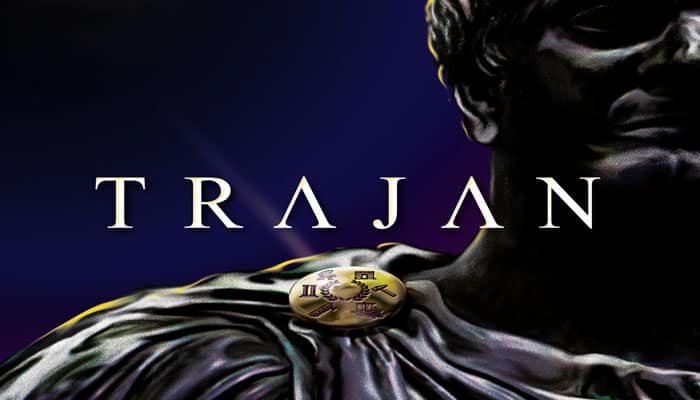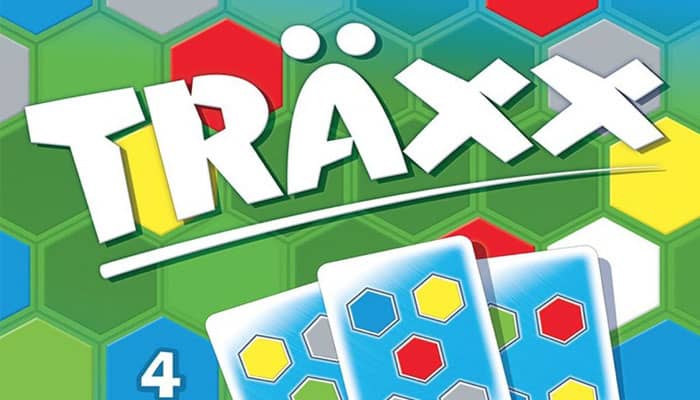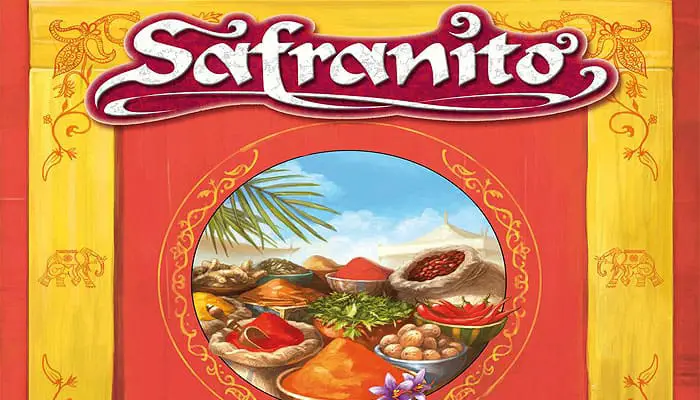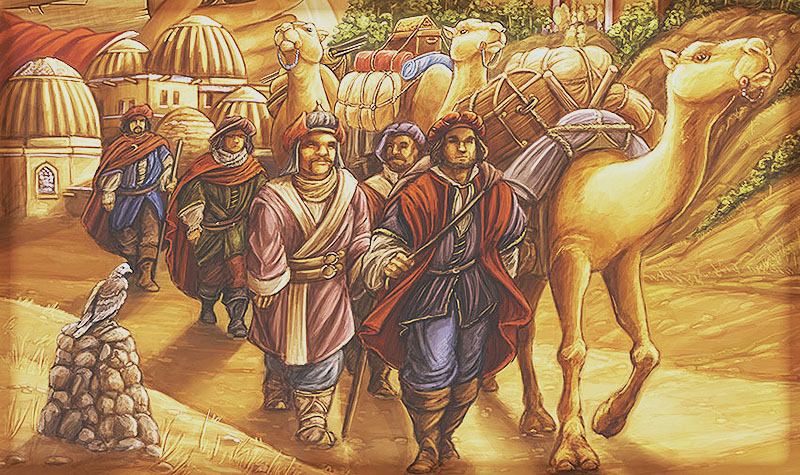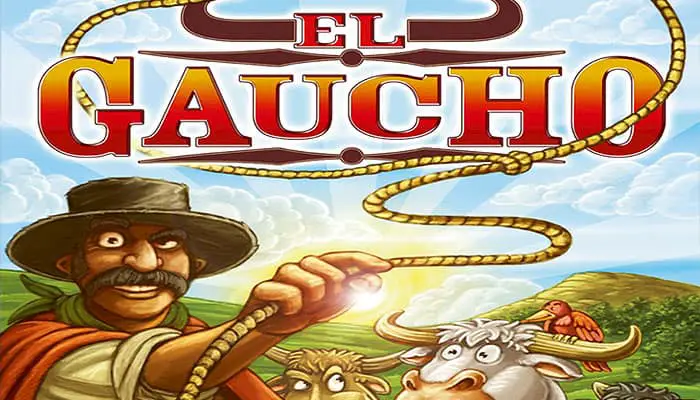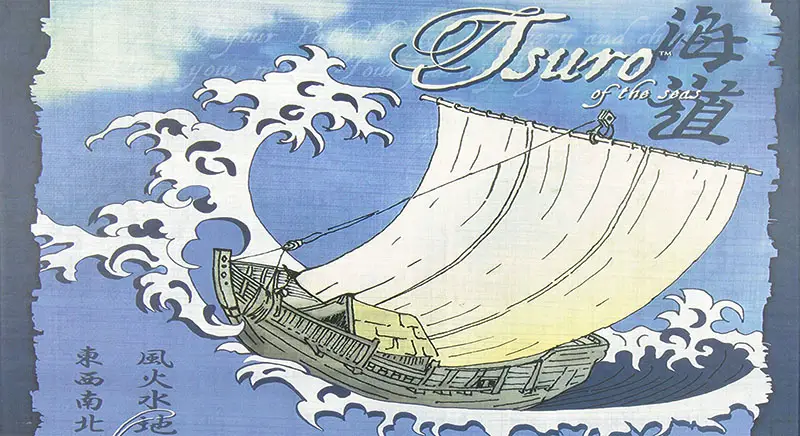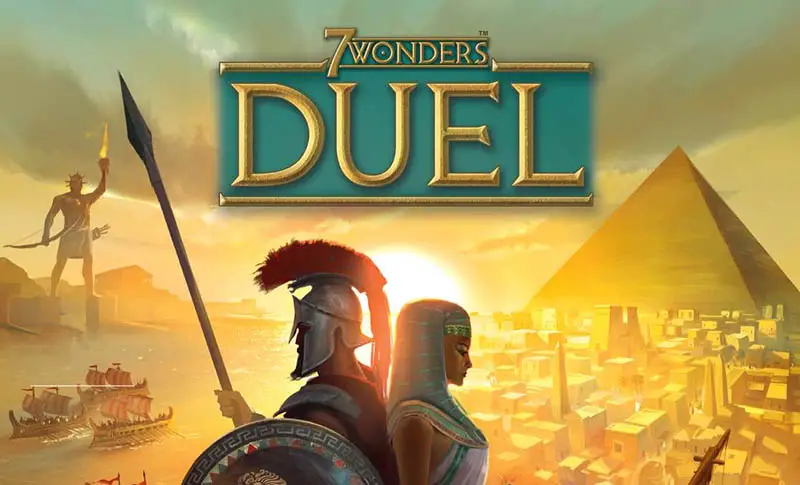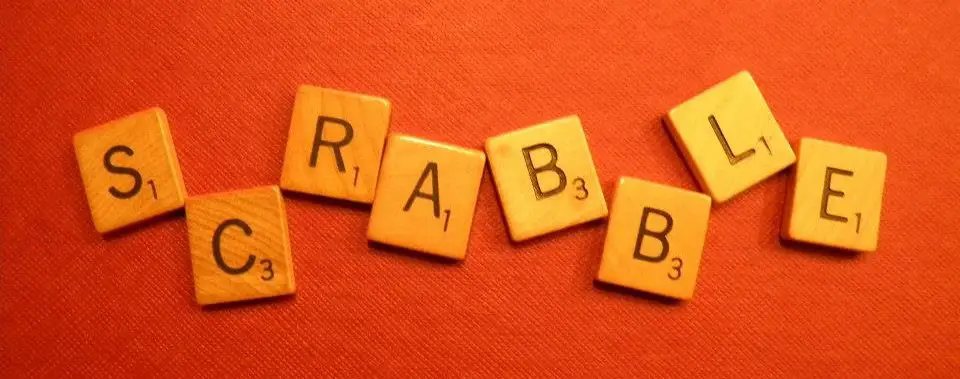110 AD - the Roman Empire is at its height of glory, ruled by the Emperor "optimus princeps" Trajan. All borders are secured and people can focus their attention again on the empire's internal matters - ROME.
Take your chances and boost your power! With proper tactics, you may outmanoeuvre your opponents and eventually claim victory.
Components
- 1 game board - showing parts of the Roman Empire, starting from Rome's senate via the Arch of Trajan, the forum and the seaport up to the far-away provinces of Britannia and Germania. The board consists of 6 areas; a specific action is assigned to each area.
- 60 small player tokens - 15 each in the player colors red, green, dark blue, and brown. They represent the players' legionnaires or workers.
- 4 military leader tokens and 8 discs - in 4 player colors. The military leaders occupy provinces with their legionnaires.
- 4 player mats in the player colors - showing the action circle with 6 trays and providing space for the players' various collected tiles.
- 4 Arches of Trajan - one for each player. It marks the slot on the player mats for a new Trajan tile.
- 4 sets of octagonal action markers - each set consists of 12 markers in the following colors: 2 each of yellow, orange, light green, white, pink and blue. Players place these markers on the troughs of their action circle.
- 1 time marker - used for recording the elapsed playing time.
- 60 commodity cards - 12 commodities, 5 cards of each.
- 9 different types of tiles
- 1 Linen bag - used for drawing bonus tiles
- 2 Rulebooks - German and English

Setup
Unfold the game board in the center of the playing area. Give each player in their chosen player color 1 player mat, 1 military leader token, 15 small player tokens, and 2 discs to record their victory points and their position in the senate. Additionally, each player receives 1 Arch of Trajan and 12 action markers (2 pieces of each color - blue, yellow, light green, orange, pink, and white). …



